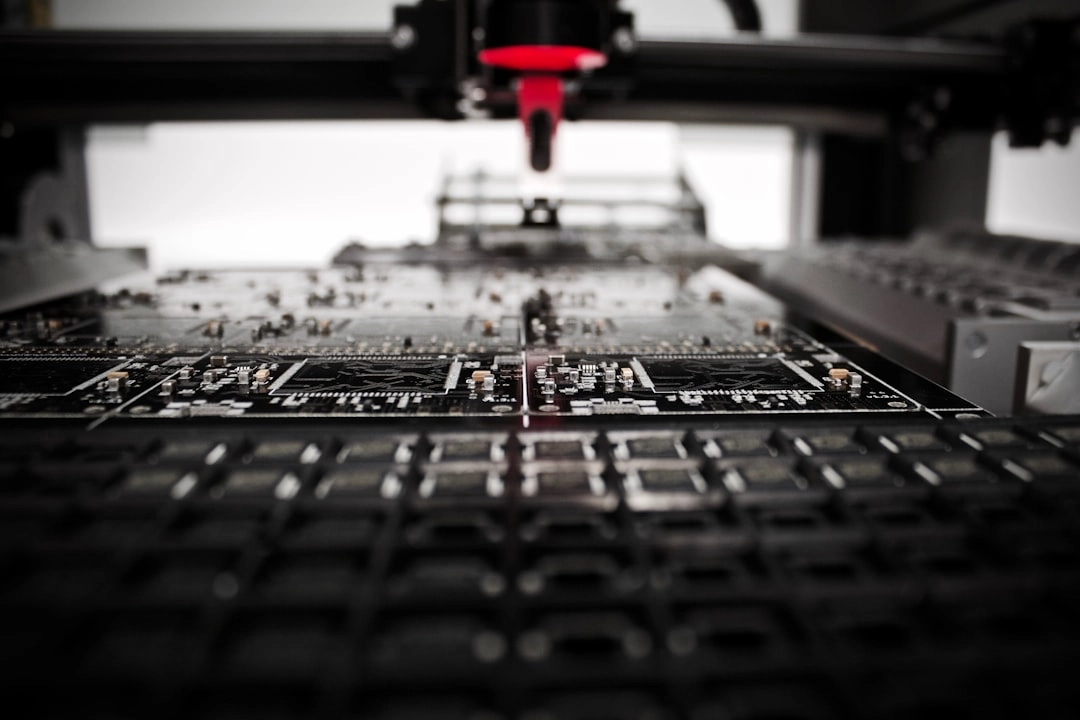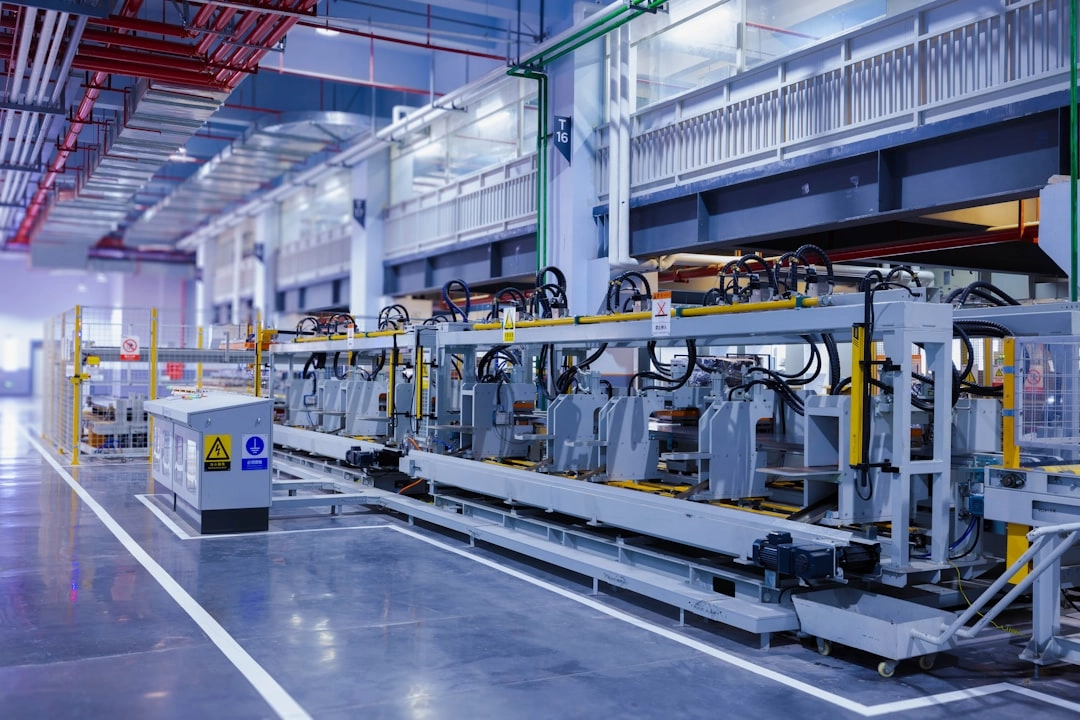In a nutshell:
- Predictive quality control leverages machine learning to anticipate and prevent quality issues.
- It involves data analysis, predictive modeling, and real-time monitoring to optimize outcomes.
- Benefits include defect reduction, improved product quality, and enhanced customer satisfaction.
- Best practices include data collection, cross-functional collaboration, and continuous improvement.
- Challenges include data privacy, scalability, and integration with existing systems.
Staying ahead of the competition today means not just meeting quality standards, but anticipating and preventing issues before they occur. Enter predictive quality control – a revolutionary approach that leverages the power of machine learning to transform how businesses maintain and improve their product quality.
With predictive quality control, companies can dramatically reduce defects, elevate product consistency, and skyrocket customer satisfaction. Let's see how this future-focused approach to quality management works and how it can benefit your organization.
What is Predictive Quality Control?
Predictive quality control is an advanced approach to quality management that uses data analysis, machine learning, and statistical modeling to anticipate and prevent quality issues before they occur. It leverages historical and real-time data from production processes to identify patterns and trends that may lead to defects or inconsistencies in product quality.
Predictive quality control goes beyond traditional reactive quality control methods by enabling companies to address issues preemptively. This system can forecast potential quality problems, allowing manufacturers to take proactive measures to maintain high standards of product quality and consistency.
The Key Components of Predictive Quality Control
Predictive quality control uses several key components that work in harmony to ensure optimal outcomes:
Data Analysis and Machine Learning
At the heart of predictive quality control lies the powerful combination of data analysis and machine learning. Machine learning (ML) algorithms identify patterns and trends in collected data, making predictions based on these insights. These algorithms continuously learn from new data, refining their predictive capabilities over time.
Data analysis employs statistical techniques to interpret data, helping you uncover patterns and draw meaningful conclusions. For instance, by analyzing production data, equipment performance metrics, and quality control records, ML algorithms can predict potential quality issues with remarkable accuracy. This allows companies to proactively address problems before they impact product quality.
Predictive Modeling Techniques
Predictive modeling is another cornerstone of predictive quality control. It involves using statistical techniques to create mathematical models that can forecast future outcomes. Various types of predictive models exist, including decision trees, neural networks, and regression models. Each type is suited to different data types and prediction scenarios.
In manufacturing, a regression model might be used to predict product quality based on factors like raw material properties, machine settings, and environmental conditions. This empowers businesses to optimize their production processes for consistently high-quality output.
Real-time Monitoring and Feedback
A predictive quality control system continuously monitors the performance of its predictions. If a quality prediction proves inaccurate, the system examines the reasons for the discrepancy, learns from it, and adjusts its predictive models accordingly. Users receive real-time feedback, enabling immediate adjustments.
For example, if the system predicts a potential quality issue in an ongoing production run, it can alert the quality control team. These timely alerts allow the team to address issues promptly, minimizing the impact on product quality and reducing waste.
Applications of Predictive Quality Control
Predictive quality control offers a wide range of benefits across various industries. Its ability to identify patterns, predict outcomes, and learn from historical data makes it an invaluable tool, especially in manufacturing, facilities management, and other production-oriented sectors.
Manufacturing Industry
The manufacturing industry is one of the primary beneficiaries of predictive quality control. The system's ability to predict defects and waste allows manufacturers to enhance product quality and consistency.
Machine learning algorithms can detect irregularities in the manufacturing process, such as variations in temperature or speed, which could lead to defects. Early detection enables companies to rectify issues before they affect production, saving time, resources, and money.
Facilities Management
In facilities management, predictive quality control can be instrumental in maintaining the efficiency and reliability of systems and equipment. By predicting maintenance needs based on historical data and real-time monitoring, predictive quality control can prevent equipment failures and unnecessary expenses.
For example, by analyzing the performance data of an HVAC system, the system can predict when maintenance should be performed to prevent service disruptions and ensure optimal operation.
Other Production-Oriented Industries
The ability to predict and prevent quality issues before they occur makes predictive quality control an appealing strategy for numerous production-oriented industries.
Its adoption reinforces operational efficiency, reduces waste, and improves product quality, making it a worthy investment for businesses striving for excellence in their operations.
The Benefits of Implementing Predictive Quality Control
Implementing predictive quality control in an organization's processes offers several noteworthy benefits:
Defect Reduction and Waste Minimization
Predictive quality control gives organizations the ability to predict and prevent defects before they happen. By analyzing patterns and trends in data, predictive models can identify potential issues in the production process. This empowers teams to correct these issues before they lead to defects in the final product. As a result, the waste associated with producing defective products is greatly minimized.
Improved Product Quality and Consistency
Predictive quality control plays a significant role in improving product quality and ensuring consistency. By continuously monitoring the production process in real-time and using insights gathered from data analysis, predictive quality control can ensure that the production process remains consistent. This consistency translates to products with a steady quality level that meets or surpasses customer expectations.
Enhanced Customer Satisfaction and Loyalty
Customer satisfaction and loyalty are key metrics for any business's success. With predictive quality control, businesses can provide a superior customer experience by ensuring high product quality.
When customers receive high-quality products consistently, their satisfaction levels rise, leading to increased loyalty to the brand.
Best Practices for Implementing Predictive Quality Control
To maximize the performance and potential of predictive quality control systems, companies should consider the following best practices:
Data Collection and Integration
Quality data must be collected, analyzed, and integrated for predictive quality control to work effectively. Data should be gathered from different aspects of the operation, including production processes, quality control checks, and equipment performance metrics.
The collected data must be clean, accurate, and relevant to provide reliable predictions. Moreover, different sets of data should be integrated to provide a holistic view of the operations. Integrated data provides more context, allowing for more precise predictions.
Collaborative Cross-functional Approach
Predictive quality control should be viewed as a company-wide initiative. All relevant departments, including manufacturing, quality control, IT, and R&D, should be involved in its implementation. Collaboration across departments ensures the predictive quality control system caters to the needs of each function and is more effective in identifying potential issues.
This cross-functional collaboration also facilitates a more seamless integration of predictive quality control into existing processes and systems.
Continuous Improvement and Adaptation
Predictive quality control is not a one-time solution but an ongoing process. As the system continues to collect and analyze new data, its predictive capabilities should improve. Companies should continuously monitor the performance of their predictive quality control system and make necessary adjustments. Monitoring could include tweaking machine learning algorithms or predictive models, updating data collection methods, or altering how the system's insights are applied in operations.
Challenges and Considerations of Predictive Quality Control
While predictive quality control offers numerous benefits, it also presents certain challenges that companies need to consider:
Data Privacy and Security
As predictive quality control relies heavily on data, ensuring data privacy and security is critical. Companies need to have strong data protection measures in place to prevent data breaches and adhere to data privacy regulations.
Scalability and Integration With Existing Systems
Another challenge is the scalability of the predictive quality control system and its integration with existing systems. Companies need to ensure that the system can be easily scaled as their operations grow and that it can be integrated with their current processes and systems without causing disruptions.
Moving Forward with Predictive Quality Control
Predictive quality control, powered by machine learning, is at the forefront of the quality management revolution. This remarkable technology enables businesses to enhance their product quality, reduce defects, and increase customer satisfaction. While implementing predictive quality control, companies must anticipate and plan for challenges such as data privacy, scalability, and system integration.
The benefits of predictive quality control extend beyond mere prediction. Its real power lies in its ability to learn from historical data, anticipate and prevent issues before they materialize, and continuously optimize its predictive capabilities. This makes it a powerful tool, especially in industries where quality and customer satisfaction are paramount.
In the face of accelerating digital transformation and growing customer demands, implementing predictive quality control is not just an option but a necessity for businesses aiming to stay competitive.
Ready to see how Pecan AI can support your predictive quality control initiatives? Get a demo to learn more about this approach to maintaining quality.







